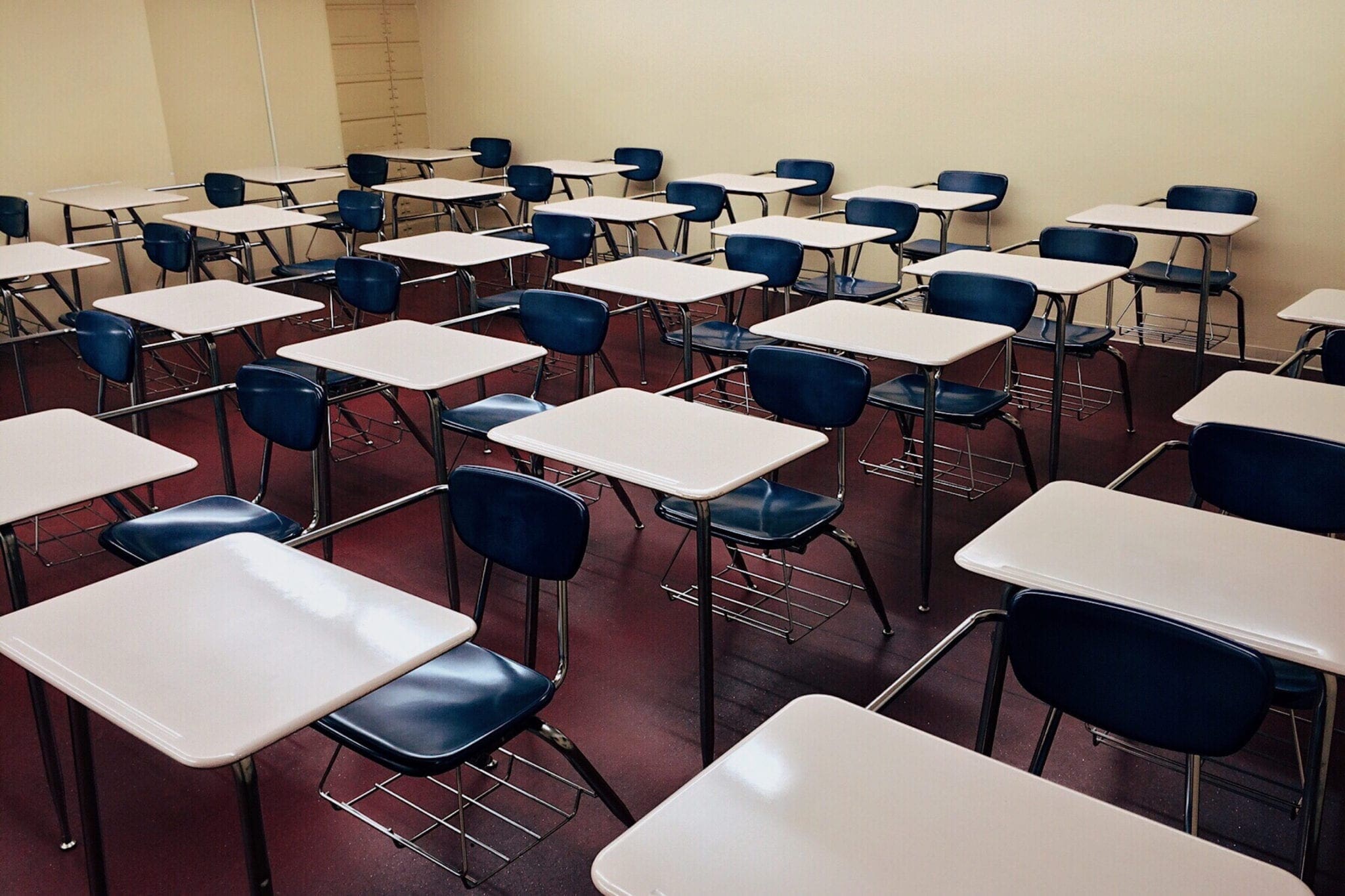States collect and publicly report data as part of their efforts to improve education for students. What data is collected and reported can reveal which students and outcomes policymakers prioritize. Students in custody – those who receive their schooling in juvenile detention centers – are one example. These students often exist in the shadows, with little information publicly reported on their experiences or pathways.
This spring, the public got a glimpse of what quality in a juvenile justice school can look like when Rodney Robinson was awarded the 2019 National Teacher of the Year. With a warm and inviting smile, Robinson, also known by those close to him as Big Rob, sat patiently with his hands folded on the set of CBS This Morning for Gayle King’s next question.
Gayle King: Is there a difference between regular students in regular schools and students that are being taught because they’re in a juvenile detention facility? Are they a different kind of kids?
Rodney Robinson: No, there’s no difference. My kids are just teenagers. They like cheesy teenage stuff. Teen Wolf and Hanna are their favorite shows…America is a country of second chances and in order for them to achieve and get that second chance, they deserve a quality education like everybody else.
But despite committed educators like Mr. Robinson, students in custody often have limited access to educational opportunities. A national survey from the Council of State Governments found that only eight states reported providing students in custody access to the same educational and vocational services as their peers outside of the carceral system. Poor data collection and reporting can hide and exacerbate these inequities. Bellwether Education Partners found that a few states have reported dubious numbers. For example, a state, in just the last few years, declared that for their entire student population only six students were enrolled in a school within a juvenile justice facility. These findings echo a concerning trend: the experiences of these students nationwide aren’t prioritized and neither is collecting and publicly reporting data that will help them receive a high-quality education.
Data is a critical tool to understand the experiences of different student populations – and what adults need to do to ensure student success. As state leaders seek to take actions that provide adequate educational pathways for students in custody, here are some things to consider:
- Measure what matters. Students in custody matter and so does their learning. States must prioritize collecting data on their educational experiences (i.e. access to coursework, school completion/graduation rates, experienced teachers, etc.) to shine a light on the educational opportunities available to them, or the lack thereof.
- Link and share data across agencies. Students in custody are a mobile population like students in foster care and students experiencing homelessness. They may move in and out of the juvenile justice system, child welfare agencies, and education systems (i.e. alternative and traditional schools). Their data must follow them to ensure that all the trusted adults in their lives have the information they need to support student success.
- Engage stakeholders through governance. What data is collected and how it is used are decisions made by people. States should use cross-agency data governance to bring leaders from education, juvenile justice, and other sectors that serve students together to make decisions about how data is collected, reported, and used.
On CBS This Morning, viewers got a glimpse of Rodney “Big Rob” Robinson in action teaching his students. His classroom looked no different than any other classroom, underscoring how these students deserve the same attention and personalized support as their peers in traditional school settings. Better data on these students’ experiences and pathways is one critical way to give them the education that all students deserve.
This blog post is also available as a story on Medium.


